This 700ml PE floor cleaner bottle stands out for its food-grade PE material, a ...
Plastic Bottle Packaging Factory
-
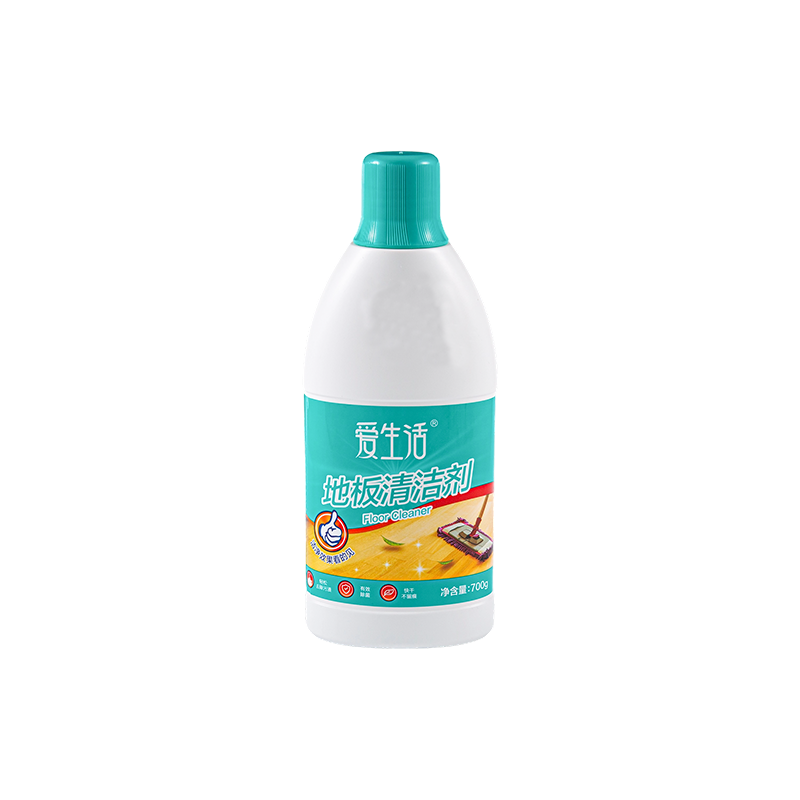
-
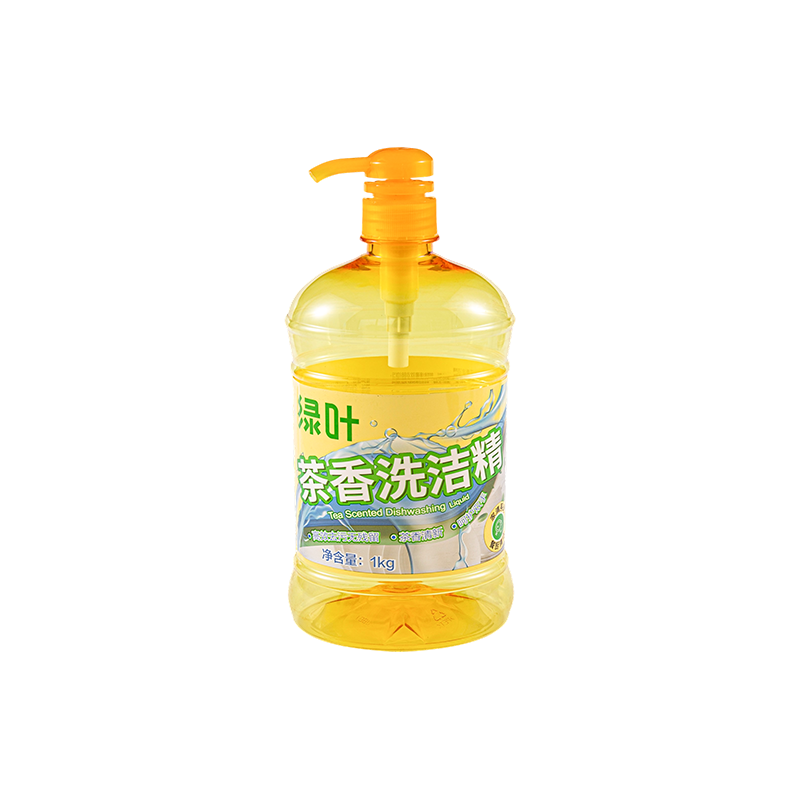 1000ml dishwashing liquid PET bottle
1000ml dishwashing liquid PET bottleThe 1000ml dishwashing liquid PET bottle is a practical choice for home kitchens...
-
 100ml cylindrical PE bottle
100ml cylindrical PE bottleThe 100ml cylindrical PE bottle is a practical packaging solution crafted from f...
-
 150ml cleanser PE bottle
150ml cleanser PE bottleThis 150ml cleanser PE bottle, with its square body and black pump, embodies a m...
-
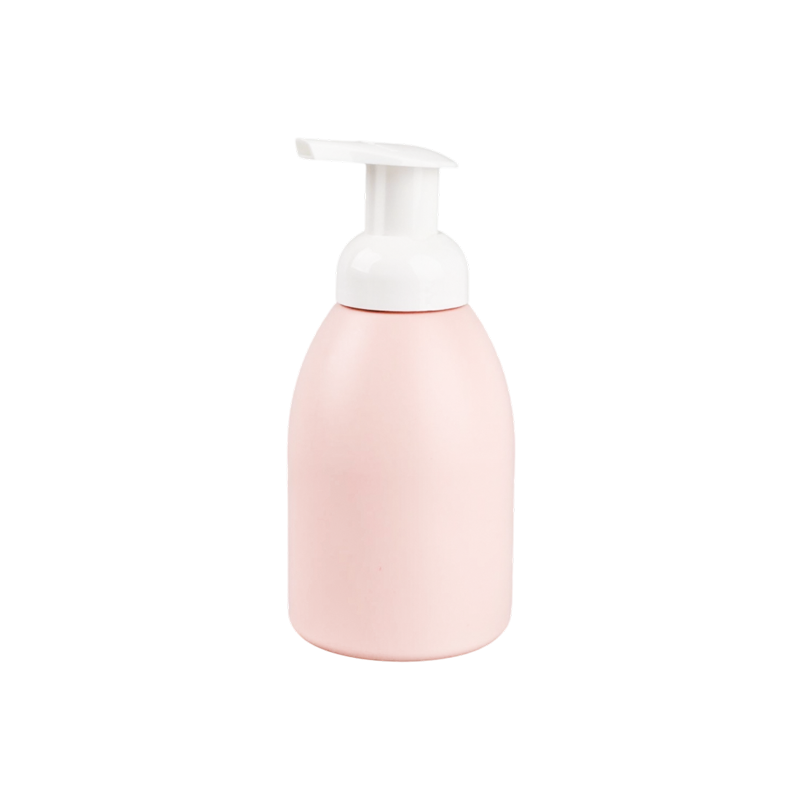 350ml large mouth body lotion PE bottle
350ml large mouth body lotion PE bottleThe 350ml large-mouth body lotion PE bottle is a practical packaging solution de...
-
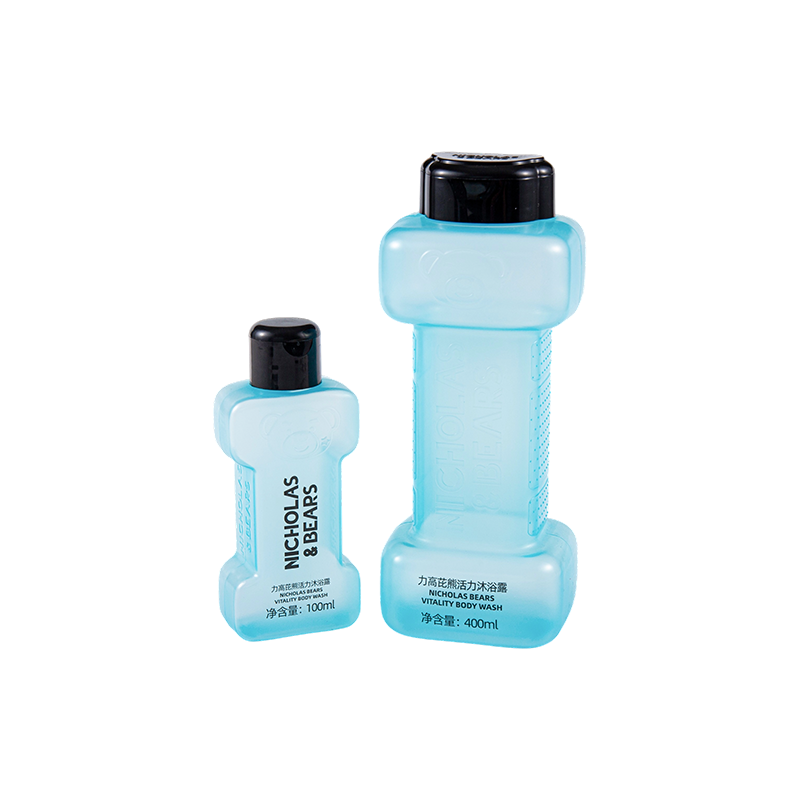 400ml dumbbell-shaped PE bottle
400ml dumbbell-shaped PE bottleThis 400ml dumbbell-shaped PE bottle breaks with traditional packaging with its ...
-
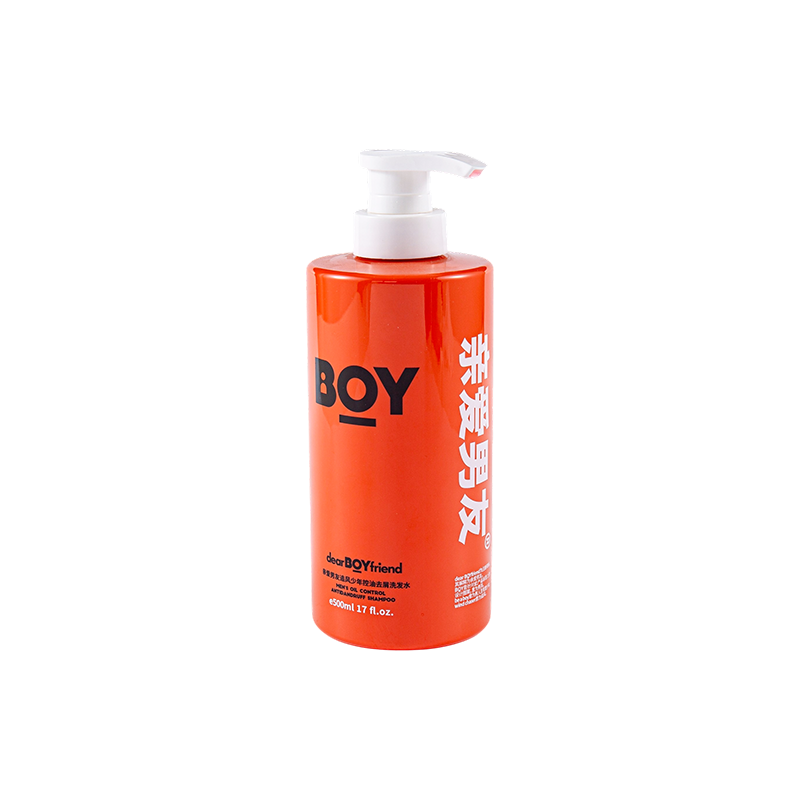 500ml shampoo PET bottle
500ml shampoo PET bottleThis 500ml shampoo PET bottle is an ideal choice for both aesthetically pleasing...
-
 500ml shower gel PE bottle
500ml shower gel PE bottleThis 500ml shower gel PE bottle is made from food-grade PE, ensuring safety from...
-
 700ml floor cleaner PE bottle
700ml floor cleaner PE bottleThis 700ml PE bottle of floor cleaner features a sleek white body and a striking...
-
 500ml PE disinfectant bottle
500ml PE disinfectant bottleThis 500ml PE disinfectant bottle is designed specifically for daily chemical di...
-
 500ml PE spray bottle
500ml PE spray bottleThis 500ml PE spray bottle is made from food-grade materials, ensuring safety fr...
-
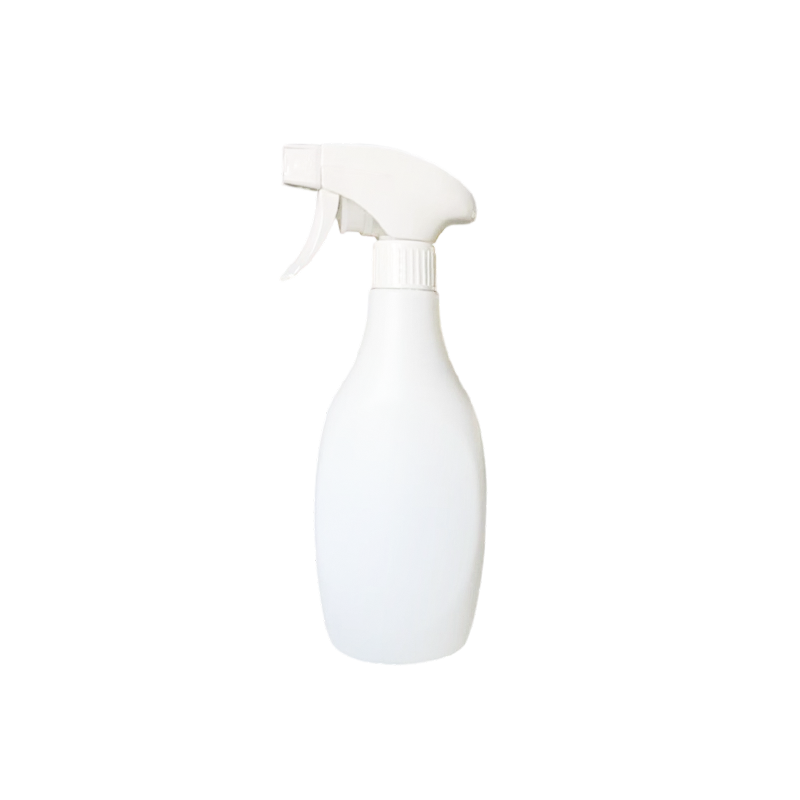 400ml white simplicity spray PE bottle
400ml white simplicity spray PE bottleThis 400ml white simplicity spray PE bottle features a practical design that mee...
Suzhou Brotherpacking Plastic Co., Ltd. , established in 2013, is a professional manufacturer specializing in custom plastic packaging for the daily chemical industry. As Plastic Bottle Packaging Factory and Custom Cosmetic Packaging Bottle Solution, with a fully integrated production system — including in-house mold design, product development, injection and blow molding, labeling, and final assembly — we serve a wide range of packaging needs for skincare, haircare, body care, and home care brands. Our facility includes an independent mold workshop, high-speed CNC machines, over 50 injection machines and 30+ blow molding machines, supporting multiple material types such as PE, PP, PET, and PETG. Products are exported across Europe, the Americas, and Southeast Asia. Support Wholesale Daily Chemical Plastic Packaging Bottle. At BrotherPack, we uphold the spirit of craftsmanship and continuous improvement, delivering high-quality, flexible, and scalable packaging solutions trusted by global clients.
-
25+
Years of Industry Experience
-
20000㎡
Manufacturing Facility
-
150+
Skilled Employees
-
100+
Advanced Production Machines
-
1. Choosing the Right Disinfectant Spray Bottle Picking an appropriate disinfectant spray bottle begins with matching bottle material and nozzle design to the chemical you plan to use. Common bottle materials include PET, HDPE, and simple glass-lined options—each has specific chemical compatibilitie...
READ MORE -
Shower gel has become an indispensable part of our daily hygiene routines. While much attention is paid to the ingredients and fragrance of shower gels, one often overlooked component is the container that holds it—the Shower Gel Plastic Bottle. The durability of these bottles is crucial, not just f...
READ MORE -
Overview: What "Plastic Cream Jars" Mean for Cosmetics Plastic cream jars are the primary refillable or single-use containers used for creams, balms, gels and high-viscosity skincare products. They vary by polymer type, closure, capacity and finishing—each attribute affecting product stability, bran...
READ MORE
1. Material selection beyond PET/PCR — matching barrier, processability and cost
Choosing a plastic bottle packaging material for cosmetics should go past the shorthand “PET vs HDPE.” Consider three simultaneous constraints: functional barrier (oxygen, water vapor), aesthetic requirements (gloss, clarity, dyeability), and the processing window of your contract filler. For example, amorphous PET gives excellent clarity for serums but has different thermoforming and shrink characteristics than crystallizable PET used for hot-fill applications. When specifying material, always list the target service life, expected headspace oxygen and volatile exposure, and the aesthetic finish — suppliers can then propose mono- vs. co-extruded options that hit that triad.
Practical checklist for material selection
- Define product chemistry: aqueous, oil-based, alcohol content ≥20% (solvents affect plastic selection).
- Specify required barrier metrics (target OTR and WVTR values) rather than vague “low-permeability.”
- State processing constraints: blow-molding temp range, fill-temperature, and whether secondary thermal decorating will be used.
- Ask suppliers for technical data sheets showing tensile, gloss, and migration test results under your typical storage temperature.
2. Design for automated filling and capping — avoid late-stage surprises
Many cosmetic lines fail speed or yield targets because the bottle geometry wasn’t validated against the filler/capper. Key design dimensions to validate early are neck finish, panel stiffness (for vacuum or compression during capping), and base geometry (stable on conveyors and nesting in accumulators). Prototype trials on the actual line — or at least on an equivalent servo-driven filler — will reveal handling, vacuum pick-and-place, and torque variability issues that are hard to predict from CAD alone.
Design rules to reduce line stoppages
- Standardize neck finishes across SKUs when possible to reduce changeover and spare-parts inventory.
- Include 2–3 mm stiffening ribs or a gentle draft on thin panels to prevent panel collapse under vacuum or high-torque capping.
- Specify target cap torque and acceptable ± range for torque feedback systems — design thread depth and lead to match those torque limits.
- Validate stack/nest geometry for shrink-wrapped multipacks — mis-nesting is a common cause of conveyor jams.
3. Practical recyclability scoring and LCA shortcuts for quick supplier comparisons
Full life-cycle assessments (LCAs) are ideal but time-consuming. For quick comparisons between bottle suppliers, use a simple recyclability scoring matrix that weights polymer type, mono-material design, presence of non-recyclable additives (metallic pigments, multi-material labels), and use of post-consumer recycled (PCR) content. This gives a numerical score you can use when selecting between competing quotes without waiting for full cradle-to-grave LCAs.
Example quick scoring matrix (use to rank proposals)
| Criterion | Max points | Scoring guidance |
|---|---|---|
| Mono-material design | 30 | Full mono (30); compatible multi-layer (15); mixed incompatible materials (0). |
| PCR content | 25 | >50% (25); 10–50% (15); <10% (5). |
| Label & closure recyclability | 25 | Same polymer label/closure (25); removable label (10); incompatible (0). |
| Transport mass efficiency | 20 | Lightweighting that maintains performance (20); over-spec mass (0). |
4. Barrier strategies: pragmatic use of coatings and multi-layer structures
When product shelf life is limited by oxygen or VOC loss, there are two practical routes: apply functional barrier coatings to a mono-material shell, or move to multilayer co-extruded bottles with a barrier core. Coatings (PVOH, SiOx, or hybrid polymeric barriers) are often lower cost for low-volume SKUs and keep the bottle mono-polymer for recycling. Multilayer co-extrusion gives superior and uniform barrier but complicates end-of-life recycling unless the layers are chemically compatible or designed to be delaminated in recycling streams.
When to choose coatings vs. multilayer
- Coatings: choose when clarity and recyclability are priorities and expected barrier improvements are moderate (e.g., extend shelf life by weeks to months).
- Multi-layer: choose when you need high, long-term barrier (months to years) or when the product contains reactive ingredients that require a true gas/vapor barrier.
- Hybrid: apply a thin inorganic coating (e.g., SiOx) inside a mono-PET bottle for high barrier while keeping the bulk polymer mono-material — verify coating adhesion under filling and cold-chain conditions.
5. Regulatory, migration testing and labeling — practical minimums for cosmetics in bottles
Regulatory requirements vary by market, but for cosmetic packaging solution there are consistent practical minimums every brand should require from their packaging suppliers: specific migration tests against the actual formula, extractables profile under accelerated aging, and evidence of compliance for additives (UV stabilizers, pigments). Don’t accept generic certificates — require test reports tied to the exact resin batch and the intended product contact conditions (temperature and storage duration).
Minimum tests and documentation to request
- Specific migration testing using your finished formulation (or a worst-case simulant) with temperatures/time representative of storage and transport.
- Extractables profile (GC/MS, LC/MS) on the actual bottle and cap materials after accelerated aging.
- Declaration of compliance for regulated additives and pigments, including CAS numbers and maximum use concentrations.
- Clear labeling guidance for secondary packaging: recycling instructions, PCR percentages, and cautionary storage statements as required by target markets.

 English
English Español
Español




